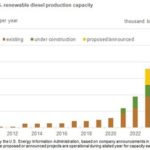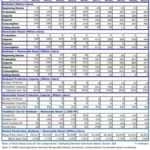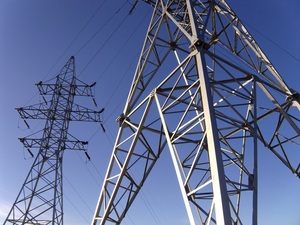IEA predicts growth in bioenergy use for heat, power
Energy Disrupter
ADVERTISEMENT
Global biomass electricity production capacity expanded by 8.5 gigawatts (GW) in 2019, the second-highest level of annual addition on record, according to the International Energy Agency’s Renewables 2020 report, which was released in early November.
According to the IEA, China accounted for 60 percent of the new biomass power capacity installed last year, with the majority of that capacity coming from energy-from-waste projects. Japan, the next largest market, was one-tenth the size of the Chinese market.
The IEA has forecasted a 16 percent decline of bioenergy capacity additions this year. According to the agency, 10 nations account for 90 percent of new capacity last year. Of those countries, China, Brazil, Japan and the U.K. have been most affected by the COVID-19 pandemic. As a result, potential exists for some project delivery delays, the IEA said. Despite the pandemic, however, there have been no widespread supply disruptions observed for biomass fuels, such as wood chips and wood pellets.
The IEA predicts annual bioenergy capacity additions to range from 5 GW to 6 GW per year over its short-term forecast period, through 2025. One factor for the lower level of expected additions, according to the IEA, is the transition from policy support through feed-in-tariffs (FIT) and certificate schemes to competitive auction networks in key bioenergy energy markets, such as Japan, Germany and the U.K.
The report also discusses the use of bioenergy for renewable heating. In industry, the IEA said bioenergy accounted for nearly 90 percent of renewable heat consumption last year, including indirect consumption via district heat networks. The agency said it used predominately in industries that produce biomass waste and residues. Bioenergy is also the primary source of renewable heat consumption in buildings through the use of wood and pellet stoves and boilers.
In industry, bioenergy use for heat is expected to increase by 10 percent of the 2019 level by 2025. India and China are expected to be responsible for more than half of that growth. Direct bioenergy use for heat in buildings is also expected to increase by more than 10 percent during the 2021 to 2025 time period and account for 25 percent of the sector’s increase in renewable heat consumption. More than half of that expansion is expected to occur in Africa and India, with one-fourth coming from new installation of wood and pellet stoves and boilers in the EU.
A full copy of the IEA’s Renewables 2020 report can be downloaded form the agency’s website.
















